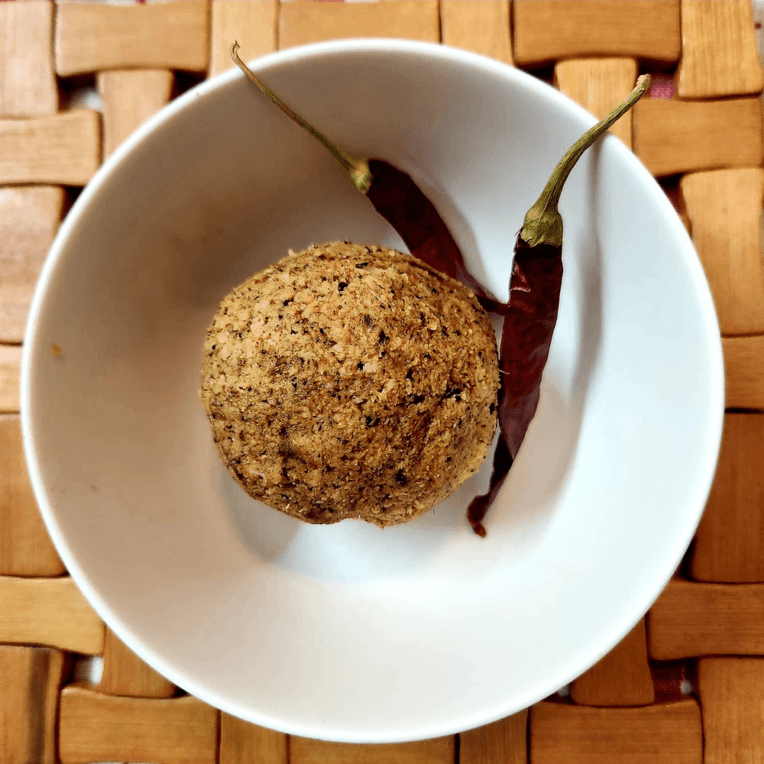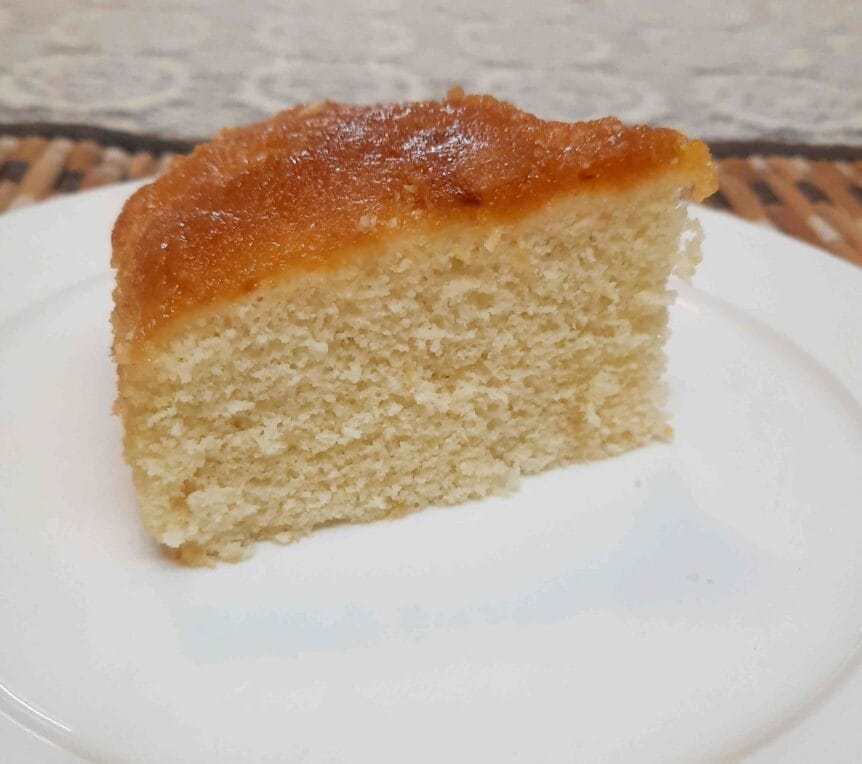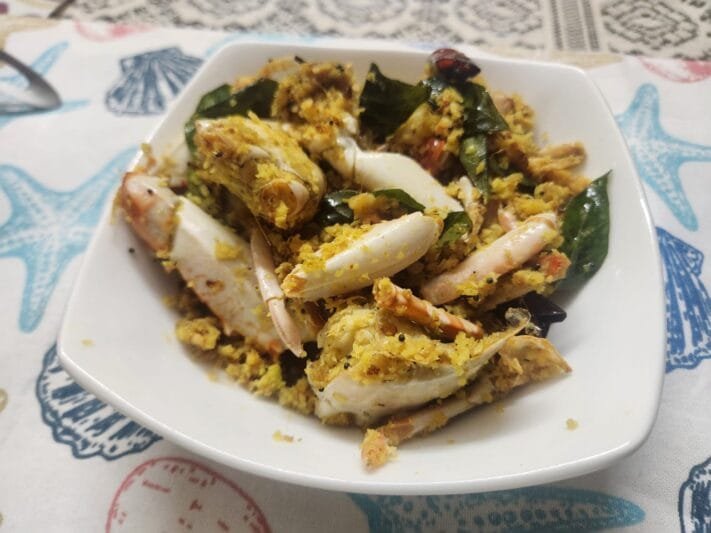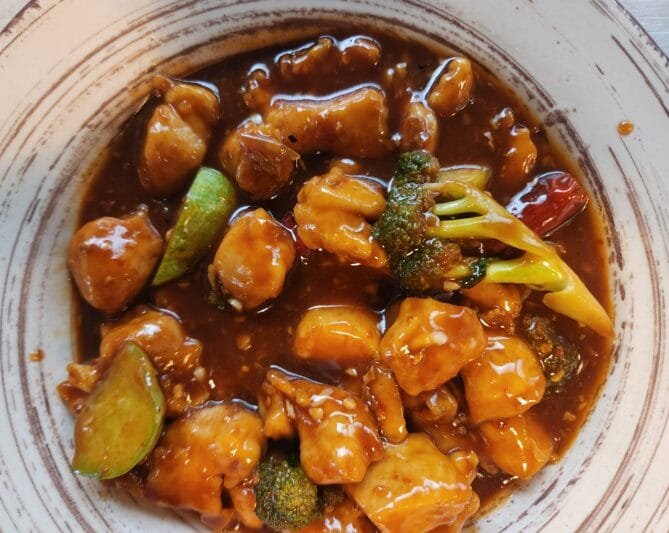Kerala Special Dry Roasted Coconut Chutney
Kerala, often referred to as “God’s Own Country,” is renowned for its rich cultural heritage, natural beauty, and culinary traditions. Among its diverse and flavorful cuisine, the dry roasted coconut chutney stands out as a unique and delectable condiment. This chutney, a staple in Kerala households, encapsulates the essence of the region’s culinary artistry. In this essay, we will explore the ingredients, preparation methods, cultural significance, variations, and health benefits of Kerala special dry roasted coconut chutney.
Ingredients
The beauty of Kerala special dry roasted coconut chutney lies in its simplicity and the use of locally sourced ingredients. The primary components include:
- Coconut: Freshly grated coconut forms the base of the chutney. In Kerala, coconuts are abundant, making this ingredient a quintessential part of the cuisine.
- Dry Red Chilies: These chilies provide the chutney with its characteristic heat and vibrant color.
- Curry Leaves: Aromatic and flavorful, curry leaves add a distinctive taste that is synonymous with South Indian cuisine.
- Shallots: Adds additional taste.
- Ginger: Adding a medium piece of ginger enlightens our taste buds.
- Tamarind: Tamarind pulp adds a tangy twist, balancing the sweetness of the coconut.
- Salt: Essential for enhancing the overall flavor.
- Sugar (Optional)
- Coconut Oil: Used to sauté ginger, shallots, and curry leaves.
Preparation Methods
The preparation of special dry roasted coconut chutney involves a few key steps that require attention to detail to achieve the perfect balance of flavors.
Roasting:
- Begin by dry roasting the grated coconut in a pan over medium heat. Stir continuously to ensure even roasting and prevent burning. The coconut should turn a light golden brown, releasing a nutty aroma.
- Dry roast the dry red chilies until they become crisp. Be cautious not to burn them, as this can impart a bitter taste.
- Heat coconut oil in a pan.
- Add the chopped ginger, sliced shallots, and curry leaves to the pan. Sauté until the shallots become translucent and the ginger is fragrant. Remove from heat and let it cool.
Blending:
- In a mixer grinder, combine the roasted coconut, dry red chilies, sautéed shallots, tamarind piece, ginger, curry leaves, sugar, and salt.
- Grind to a coarse or smooth paste, depending on personal preference. Traditionally, a stone grinder (ammikkallu) is used for this purpose, which is believed to enhance the taste.
The chutney is now ready to be served. It can be enjoyed fresh or stored in the refrigerator for 2 to 3 days.
Cultural Significance
In Kerala, food is more than just sustenance; it is a reflection of the region’s history, geography, and cultural practices. The dry roasted coconut chutney is an integral part of traditional Kerala meals, often served with idli (steamed rice cakes), dosa (fermented rice and lentil crepes), and rice. It is a symbol of hospitality and is commonly prepared during festivals, family gatherings, and special occasions.
The chutney’s simplicity and reliance on local ingredients underscore the sustainable culinary practices prevalent in Kerala. The use of coconut, a staple crop, and the minimal wastage associated with its preparation reflect a deep connection with the land and its resources.
Variations
While the basic recipe remains consistent, there are several regional and personal variations of the dry roasted coconut chutney in Kerala. Some of these include:
- Addition of Garlic: Some recipes incorporate garlic for an added layer of flavor and aroma.
- Use of Different Lentils: In place of urad dal, some recipes use chana dal (split chickpeas) for a different texture and taste.
- Sweet Variants: A small amount of jaggery (unrefined cane sugar) can be added to introduce a sweet undertone, balancing the heat from the chilies.
These variations showcase the adaptability of the chutney and how it can be customized to suit individual tastes and preferences.
Health Benefits
This special dry roasted coconut chutney is not only delicious but also packed with nutritional benefits. Here are some of the health benefits associated with its key ingredients:
- Coconut: Rich in healthy fats, coconut provides a quick source of energy. It is also high in fiber, which aids digestion, and contains essential minerals like manganese and copper.
- Red Chilies: These are a good source of vitamins A and C, and they contain capsaicin, which has anti-inflammatory and pain-relieving properties.
- Curry Leaves: Known for their antioxidant properties, curry leaves help in improving digestion, lowering cholesterol levels, and managing diabetes.
- Tamarind: Tamarind is rich in antioxidants and has anti-inflammatory properties. It is also a good source of vitamins and minerals, including vitamin C, potassium, and magnesium.
Serving Suggestions
Kerala special dry roasted coconut chutney is incredibly versatile and can be paired with a variety of dishes:
- Idli: This soft, steamed rice cake is a classic accompaniment to coconut chutney, making for a wholesome breakfast.
- Dosa: Crispy dosas dipped in coconut chutney are a popular combination, enjoyed across India.
- Rice: The chutney can be mixed with steamed rice and ghee for a simple yet flavorful meal.
- Upma: This savory semolina dish pairs well with the chutney, adding a spicy kick to the otherwise mild upma.
Dry roasted coconut chutney is a testament to the rich culinary heritage of Kerala. Its unique flavor, derived from simple, locally sourced ingredients, makes it a beloved dish across the region. The chutney’s versatility, cultural significance, and health benefits further enhance its appeal, making it a cherished part of Kerala’s gastronomic tradition.
By understanding the ingredients, preparation methods, and variations of this chutney, we gain insight into the broader culinary practices of Kerala. This chutney not only satisfies the palate but also connects us to the land and its traditions, showcasing the harmonious relationship between food, culture, and nature in Kerala.
Ingredients List:
- 1 cup grated fresh coconut
- 2 -3 dry red chilies
- 1 small piece of tamarind (about the size of a marble)
- 1-inch piece of ginger, chopped
- 4-5 shallots, sliced
- 1 sprig of curry leaves
- Salt to taste
- 1/2 teaspoon sugar (optional)
- 1 teaspoon coconut oil
Method of Preparation:
Roasting Ingredients:
- Heat a pan over medium heat and add the grated coconut. Dry roast the coconut, stirring continuously until it turns light golden brown and emits a nutty aroma. Transfer to a plate and let it cool.
- Dry roast the dry red chilies until they become crisp. Be careful not to burn them. Remove and set aside.
- Heat coconut oil in a pan.
- Add the chopped ginger, sliced shallots, and curry leaves to the pan. Sauté until the shallots become translucent and the ginger is fragrant. Remove from heat and let it cool.
Blending:
- In a mixer grinder, combine the roasted coconut, dry red chilies, sautéed ginger, shallots, tamarind, sugar, and salt.
- Add a little water and grind to a coarse or smooth paste, depending on your preference.
Serving:
Serve the chutney with idli, dosa, rice, or any South Indian dish of your choice.
Transfer the chutney to a serving bowl. It can be served immediately or stored in an airtight container in the refrigerator for up to a few days.








